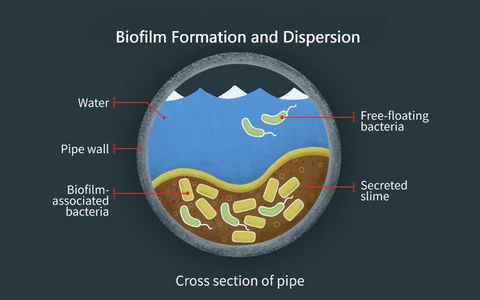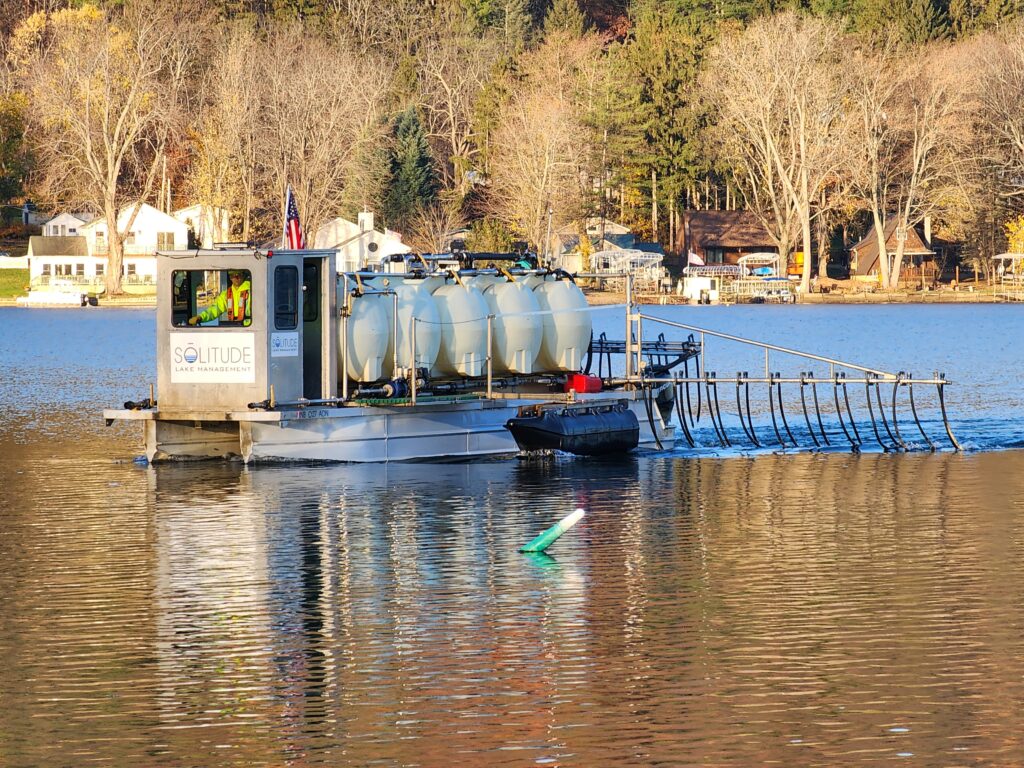
Biofilm formation in water storage tanks is a common issue that can lead to serious health risks and operational challenges. A biofilm is a cluster of microorganisms, including bacteria, fungi, and algae, that adhere to surfaces, creating a slimy layer. This phenomenon can compromise water quality, clog systems, and contribute to unpleasant odors and tastes. Therefore, preventing biofilm formation is crucial for ensuring safe and clean water in storage tanks. This article outlines effective strategies to prevent biofilm development in water storage systems.
Understanding Biofilm Formation
Before delving into prevention methods, it’s essential to understand how biofilms form. Biofilms develop when microorganisms attach to surfaces in moist environments, often in the presence of nutrients. Factors such as temperature, flow rate, and surface material influence their growth. In water storage tanks, organic matter, sediment, and inadequate maintenance can promote biofilm development, leading to potential contamination of the water supply.
Regular Cleaning and Maintenance
One of the most effective ways to prevent biofilm formation is through regular cleaning and maintenance of water storage tanks. This includes:
Periodic Inspections: Conduct routine inspections to assess the condition of the tank. Look for signs of sediment accumulation, discoloration, or any unusual odors.
Thorough Cleaning: Empty and clean the tank periodically using appropriate cleaning agents that can effectively remove biofilm and other deposits. High-pressure washing can also help dislodge biofilm from tank surfaces.
Sanitization: After cleaning, consider using a sanitizing agent such as chlorine or hydrogen peroxide to kill remaining microorganisms. Be sure to follow safety guidelines and recommended concentrations.
Control of Nutrient Levels
Biofilms thrive in environments rich in nutrients. Reducing the availability of these nutrients can significantly hinder biofilm formation. Here are some strategies to control nutrient levels:
Filtration Systems: Implement filtration systems to remove organic matter and sediments before they enter the storage tank. This helps minimize the nutrients available for biofilm growth.
Monitoring Water Quality: Regularly test water for nutrient levels, including total organic carbon (TOC) and nitrogen compounds. If elevated levels are detected, take corrective measures to reduce them.
Use of Chemical Treatments: In certain cases, chemical treatments like biocides may be employed to manage microbial growth. However, these should be used judiciously and in accordance with regulations to avoid harmful effects.

Temperature Control
The growth of microorganisms is significantly influenced by temperature. Keeping water temperatures within a specific range can help prevent biofilm formation:
Insulation: Insulate water storage tanks to minimize temperature fluctuations. This can help keep water cooler in warm conditions, inhibiting microbial growth.
Avoiding Stagnation: Ensure proper circulation of water within the tank to prevent stagnant areas where warmer temperatures can foster biofilm growth. Using pumps or mixers can help maintain even temperatures throughout the tank.
Appropriate Material Selection
The materials used in the construction of water storage tanks can also impact biofilm formation:
Non-porous Surfaces: Choose materials that are smooth and non-porous, such as stainless steel or certain plastics, which are less conducive to biofilm attachment compared to rougher surfaces.
Anti-fouling Coatings: Consider using coatings specifically designed to inhibit microbial adhesion. These coatings can create a less favorable environment for biofilm development.
User Education and Training
Educating personnel responsible for maintaining water storage systems is essential for effective biofilm prevention:
Training Programs: Implement training programs for staff on best practices for cleaning, maintaining, and monitoring water storage tanks.
Awareness Campaigns: Raise awareness about the risks associated with biofilm formation and the importance of regular maintenance among all stakeholders.
Conclusion
Preventing biofilm formation in water storage tanks is essential for ensuring water quality and safety. Through regular cleaning and maintenance, controlling nutrient levels, managing temperature, selecting appropriate materials, and educating personnel, it is possible to significantly reduce the risk of biofilm development. By taking proactive measures, water utilities and facility managers can protect public health and maintain the integrity of their water supply systems. Ultimately, a combination of these strategies will lead to a cleaner, safer, and more reliable water storage environment.


